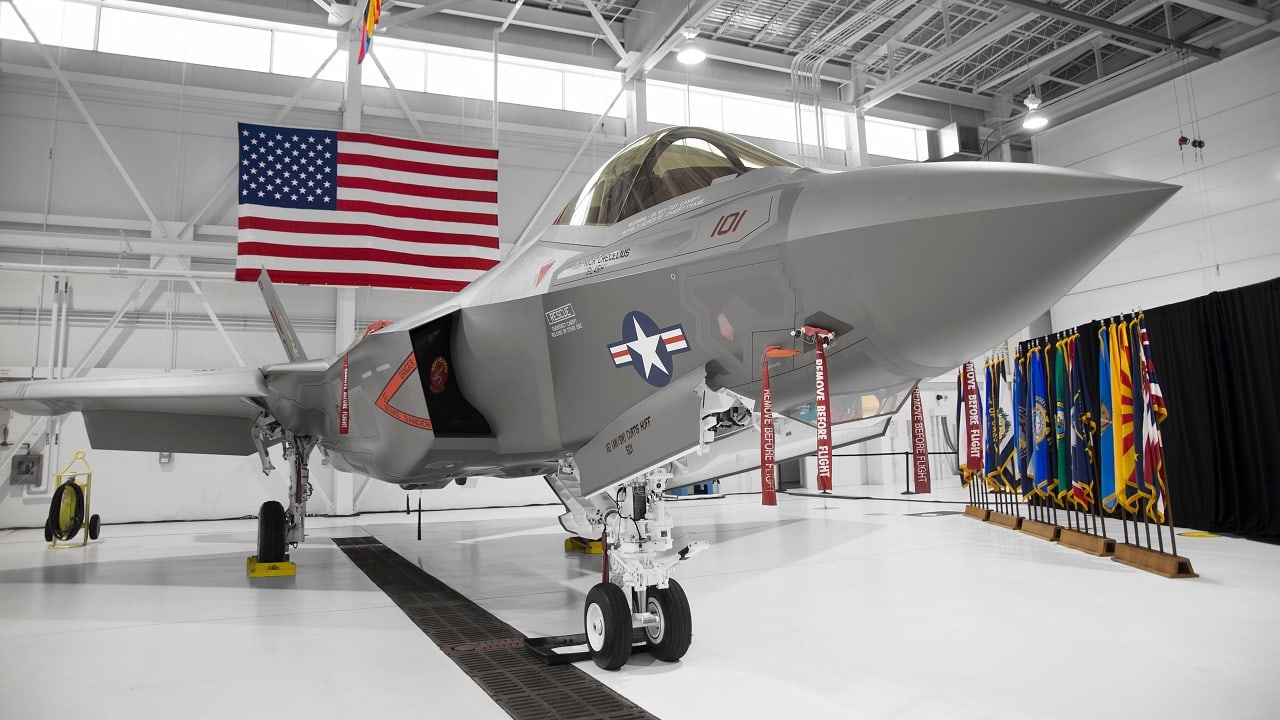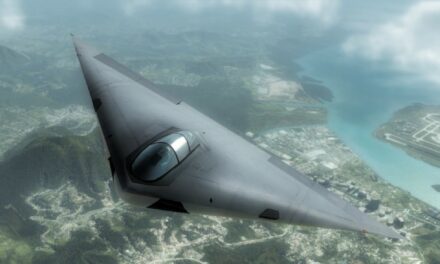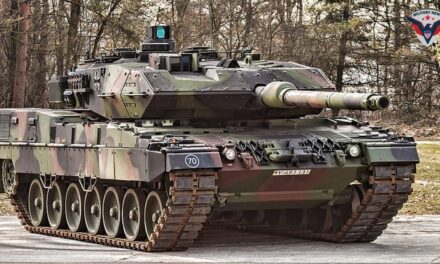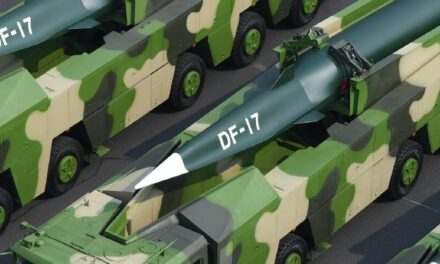We support our Publishers and Content Creators. You can view this story on their website by CLICKING HERE.
Key Points: The F-35 Lightning II remains a polarizing but essential component of modern aerial combat, with over $2 trillion invested in its development.
-Despite its steep costs, setbacks, and detractors, the stealth fighter has proven its worth, particularly in operations like Israel’s successful missions in contested airspace.
-Designed for multi-national collaboration, the F-35 has bolstered economic development through its global supply chain. Critics, however, point to its expenses as cautionary lessons for future programs like the Next Generation Air Dominance (NGAD) fighter.
-Despite the challenges, the F-35’s versatility, stealth, and global demand affirm its necessity in 21st-century warfare.
F-35 Lightning II: A Costly But Indispensable Powerhouse
Hate it or love it, we are stuck with the F-35 Lightning II. It has proliferated with over a dozen countries who are either deploying it or planning to deploy it.
There are three models for the U.S. Air Force, the Marine Corps, and the Navy. The jet is highly stealthy and nuclear-capable. It has been described as a “flying computer.” The F-35 looks great, and it is so sought after, the Chinese have copied it. But my goodness, the price is astronomical. This program over its lifetime has cost over $2 trillion – the most expensive acquisition program in history.
We can then certainly question if all that money was worth it. The F-35 program continued to sneak up on the Department of Defense. It was like that older house with great bones that becomes a money pit when you try to remodel. You have already invested a lot in the house and there is just no turning back but to sink more money as additional problems sneak up on you. That is similar to the F-35 program. More costs were added to the total, but the U.S. government was in for a penny and in for a pound and there was just no looking back in the rearview mirror. We had to forge ahead.
But the United States Needed the F-35
The DOD needed a stealth fighter that was better than the F-22. Having two stealth fighters was seen as a way to better address the threat environment in the 21st Century. Multiple countries started rearing their head with new threats and there was the Global War on Terror to fight. The U.S. military foresaw that if an airplane like F-35 worked well domestically, then it made sense to share it with allies. This would allow friendly countries to have a common platform to fight off the Chinese, Russians, North Koreans, and Iranians.
It Is a Winner Against Iran
The Israeli version of the F-35, the F-35I Adir, just had an amazing mission against Iran. The stealth birds flew to Iran to eliminate military targets and some nuclear infrastructure. Not one F-35I received even a scratch. This success story should prove to the doubters that the F-35 and all of its variants were worth the money.
A U.S. Air Force F-35A Lightning II, assigned to the 495th Fighter Squadron from Royal Air Force Lakenheath, England, lands for the first time at Souda Air Base, Greece, July 7, 2022. The fifth-generation aircraft will be participating in exercise Poseidon’s Rage, in an effort to bolster U.S.-Hellenic readiness and interoperability. (U.S. Air Force Photo By Tech. Sgt. Rachel Maxwell)
For sure, there have been setbacks – accidents, mishaps, long down periods and other disappointments. There are some peaceniks at various think tanks who believe in a restrained foreign policy and lower defense budgets who hate the F-35. They point to its exorbitant costs as an example of the worst in military folly and wastefulness. Members of Congress have also railed against the F-35.
Engine for Economic Development
Supporters of the F-35 say it can serve several decades, and it is easier to upgrade in future years. The Lockheed Martin plant in Texas has created many jobs that are important for the defense industrial base. In fact, the F-35 has improved economic development around the world with an impressive global supply chain.
Now the Air Force wants a 6th generation fighter called the NGAD or the Next Generation Air Dominance jet. The branch decided to place this program on strategic pause while it ponders how to bring the cost down and it figures out the design and various technologies. Early estimates of costs for the NGAD came in at $300 million a unit. That was of course unacceptable, and it was prudent for the Air Force to assign the NGAD to a review period.

US F-35C. Image Credit: Lockheed Martin.
Detractors of the F-35 believe that there is no way the military should work on yet another airplane that could be a boondoggle. The new B-21 Raider bomber is also going to be expensive.
Fighters and Bombers Just Require Significant Funds
But we have to adjust to the reality of the needs of aerial combat in the 21st century. Real investment for fighters and bombers is required. Simply building quadcopter drones is not going to serve the nation well. Modern fighters and bombers have a tactical, operational, and strategic advantage that drones will never have. I am, however, in favor of what the Air Force calls “Collaborative Combat Aircraft” which are tethered unmanned craft that can conduct intelligence, surveillance, reconnaissance, electronic warfare, jamming, ground strike, close air support and other capabilities. But these CCAs cost money too.
There is just no turning back from the F-35. It has been a huge hit overseas. Israel has shown that the F-35I works as intended while flying in contested airspace. However, the U.S. military needs to take a long hard look at future aircraft like the NGAD. The good news is that the B-21 is so far on-time and on-budget. Maybe we have learned our lessons from the expenses of the F-35, but I am certain that we need manned fighters and bombers in the 21st century. The F-35 is the correct answer to future aerial combat requirements despite the huge cost.
About the Author: Dr. Brent M. Eastwood
Brent M. Eastwood, PhD is the author of Don’t Turn Your Back On the World: a Conservative Foreign Policy and Humans, Machines, and Data: Future Trends in Warfare plus two other books. Brent was the founder and CEO of a tech firm that predicted world events using artificial intelligence. He served as a legislative fellow for U.S. Senator Tim Scott and advised the senator on defense and foreign policy issues. He has taught at American University, George Washington University, and George Mason University. Brent is a former U.S. Army Infantry officer. He can be followed on X @BMEastwood.

 Conservative
Conservative  Search
Search Trending
Trending Current News
Current News 





